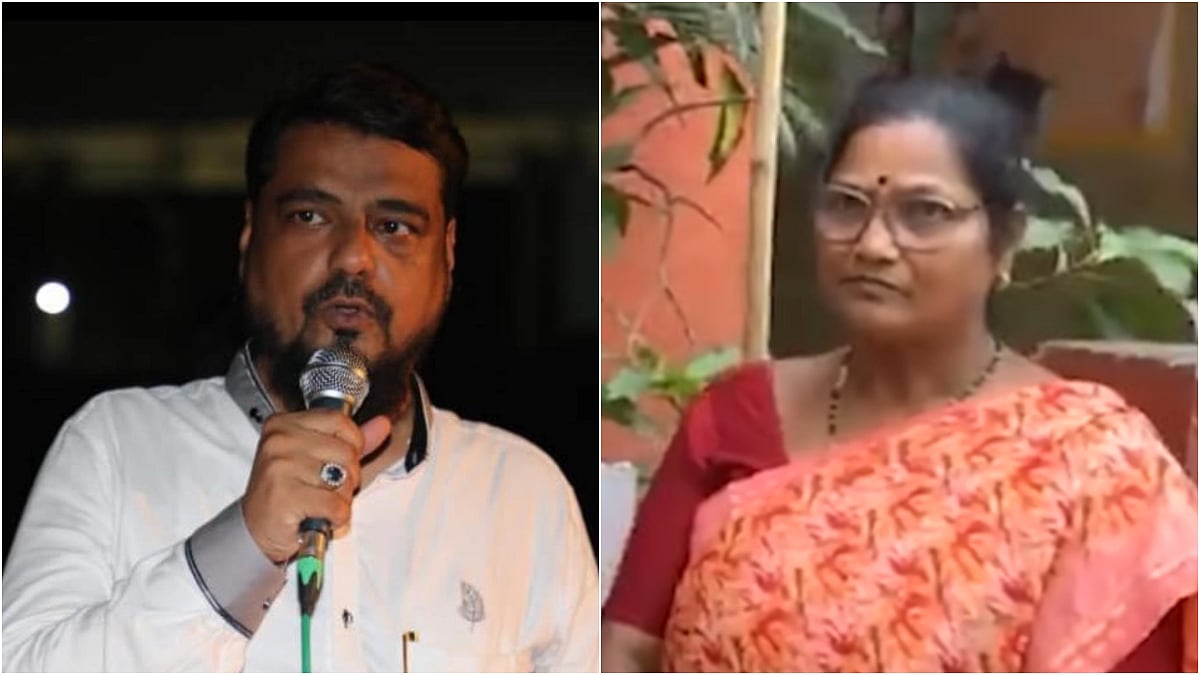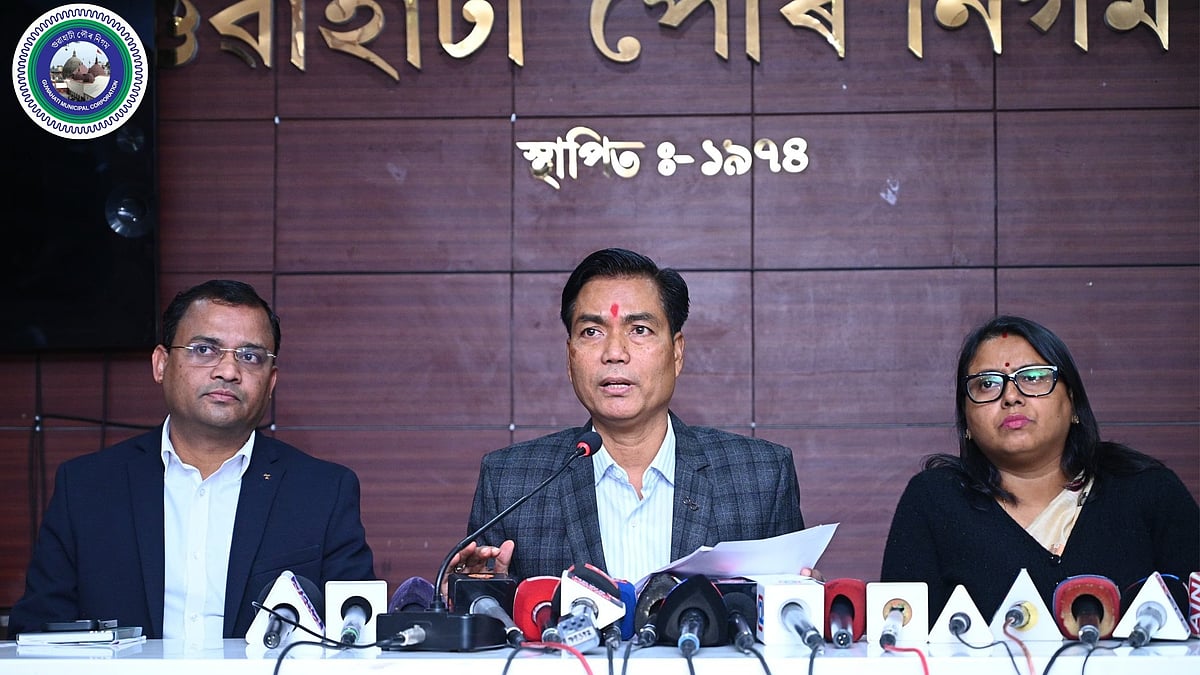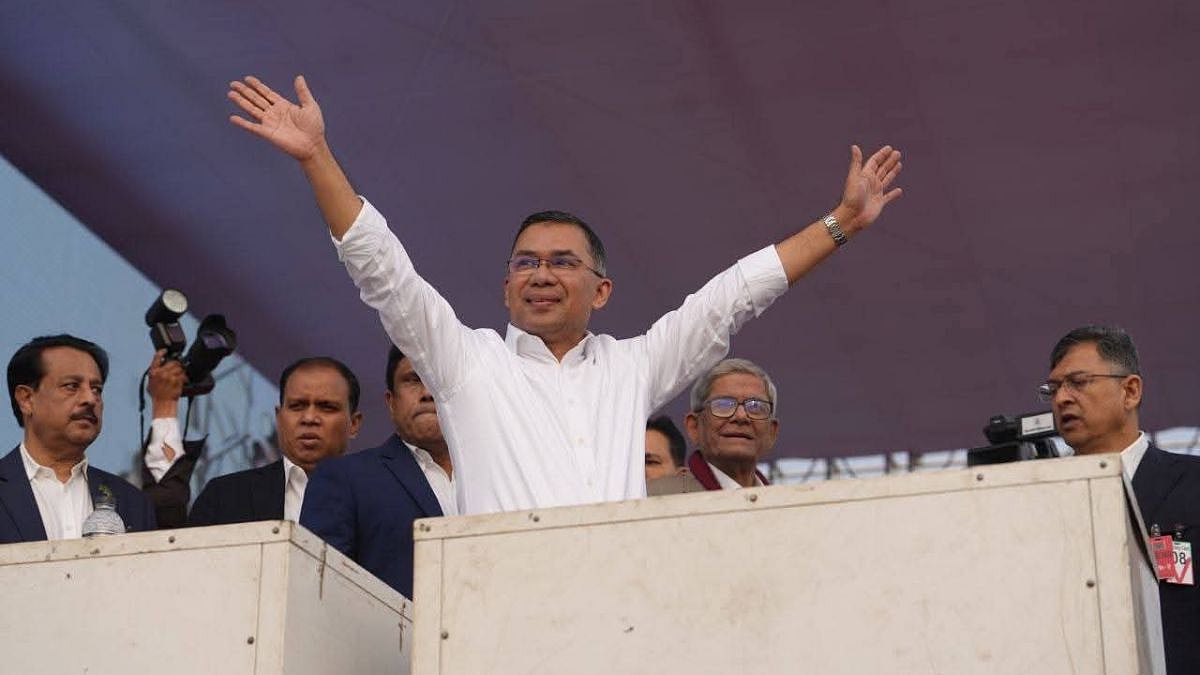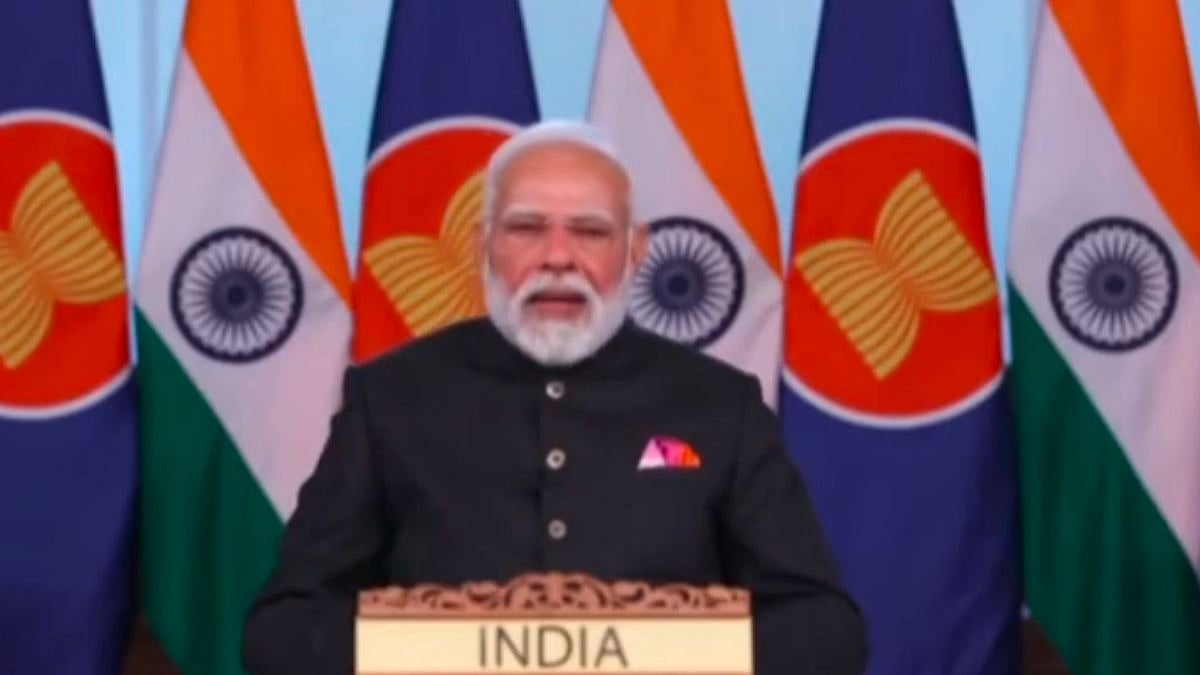Narendra Modi’s choice of Bhutan for his first visit abroad as Prime Minister speaks eloquently of his foreign policy priorities.
It seems eminently sensible for him to first seek to mend fences with the country’s neighbours before he sets out to forge closer ties with others. This is particularly significant because the erstwhile UPA regime had grossly neglected relations with neighbours. There has been an element of truth in the theory that China was bidding to encircle India with hostile neighbours and India, under Manmohan Singh, was unequal to the task of weaning the countries around us away from Beijing.
While India struggled in the later part of UPA rule with policy paralysis and a slowing economy, China has been building ports in Sri Lanka, Bangladesh and its ‘all-weather ally’, Pakistan. It overtook India as the biggest foreign investor in Nepal in the first six months of this year.
Bhutan may be small in size (it is of the size of Switzerland, with a population of 7.5 lakh, which is minuscule by Indian standards), but being sandwiched between India and China, it is of great strategic importance.
The annoyance that India showed towards Bhutan for opening up to China by cutting the LPG subsidy to that country was churlish, to say the least. UPA’s External Affairs Minister Salman Khurshid was too arrogant and condescending to allow his counterparts in neighbouring countries to feel comfortable with him.
With his visit, Modi has hopefully arrested the slide in ties with Thimphu and perhaps halted the process of Bhutan moving closer to Beijing.
Logically, the forging of closer links with Nepal would also be high on Modi’s priorities. It being a predominantly Hindu country, Modi will predictably appeal to religious kinship with the Himalayan state.
By refusing to succumb to the clamour in Tamil Nadu to not invite Sri Lankan President Rajapaksa for his oath-taking, Modi has built bridges with an estranged Sri Lanka. Whether this would at least partially arrest the process of that country’s closer relations with China remains to be seen, but it is amply clear that Modi and Rajapaksa have started out on a promising note.
The Chinese Foreign Minister’s visit to New Delhi and the tacit agreement between China and India to push hard on economic ties, while putting contentious political issues like the boundary dispute aside, has apparently gone down well with the Chinese. It would be too much to expect that bones of contention between the two countries will not come in the way of their future ties, but the forging of closer economic links will surely aid the process of firming up relations.
The Chinese have, for the record, welcomed Modi’s visit to Thimphu, but there is an element of wariness that cannot be missed. It would be interesting to see whether the move for China and Bhutan to establish diplomatic relations would go through despite Modi’s visit.
Relations between Beijing and Thimphu remain traditionally strained following a border dispute and if they were moving closer in recent days, it was primarily because India, under the UPA, was tending to be unresponsive to Bhutanese aspirations.
In April 2012, Zhou Gang, a former Chinese ambassador to Delhi, was sent to Bhutan as a special envoy of the Chinese Government. He carried a terse message from Beijing: if you want to settle the boundary dispute with us, allow us to open our mission here. At present, apart from India, only two other countries have their embassies in Thimphu – Bangladesh and Kuwait.
Bhutan has a 470-km long border with China. It is 44 per cent of the country’s total border length. As a buffer state between India and China, Bhutan is of immense strategic importance to both the countries. Chumbi Valley which lies at the junction of India, Bhutan and China, is 500 km away from the so-called ‘chicken’s neck’ in north West Bengal that connects mainland India to its north-east.
Bhutan’s border dispute with China involves 4500 sq km of land on the northern and western parts of the kingdom. Bhutan’s total geographical area is just 38,394 sq km. Beijing has been demanding that Bhutan cede to China some of its territory which lies close to the Chumbi Valley in north-west Bhutan.
In June last year, troops of China’s PLA entered Bhutan through the Sektang region in the east and the Pang La region in the north. The Chinese set up three posts in Bhutanese territory.
China’s border talks with Bhutan, as with India, are dragging on and on, endlessly. The 21st round of talks was held in August last year, with no sign on the part of the Chinese for a quick settlement of the dispute once for all.
All these developments have been a source of worry for New Delhi. Prime Minister Modi’s visit has to be seen against the backdrop of these developments. Bhutan needs India’s help and cooperation, not only to accelerate the tempo of its economic development, but also to insure its safety and security against its strong northern neighbour.
Significantly, that Modi was looking at strategic ties was clear from the fact that he took along his National Security Adviser too on his Thimphu visit. The Bhutanese government will now feel reassured that there is a government in New Delhi that could be depended upon to stand by it.
There is immense scope for developing hydel power in Bhutan. Three hydel projects, including Chukha, are already supplying about 1,500 MW of power to India. New Delhi is also studying the feasibility of a few more hydel projects. Bhutan’s goal is to generate and supply to India an additional 10,000 MW of hydel power by 2020.









